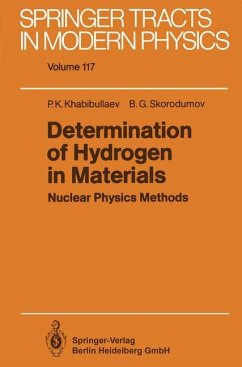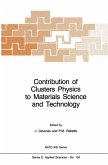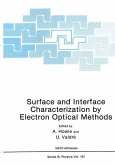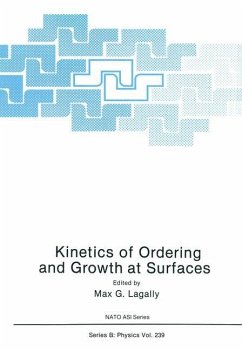Measuring the hydrogen content in materials is important both for research and for various applications in material and surface sciences, such as hydrogen embrittlement of steel, controlled thermonuclear reaction first wall studies, and changed material properties caused by dissolved hydrogen. Hydrogen is the most difficult atomic species to analyze by traditional methods, but nuclear physics methods are particularly suited for this purpose. President of the Uzbek SSR Academy of Sciences P.K. Khabibullaev and Professor B.G. Skorodumov discuss in this book the characteristics of these methods, such as lower detection limits, selectivity in respect to different isotopes, accuracy, depth resolution and maximum detection depth. Examples of applications that are dealt with include the determination of material humidity, the dating of objects, the study of hydrogen diffusion including non-stationary processes, and the investigation of changes in material properties like superconductivity, plasticity and electrical properties due to contamination by hydrogen.
Hinweis: Dieser Artikel kann nur an eine deutsche Lieferadresse ausgeliefert werden.
Hinweis: Dieser Artikel kann nur an eine deutsche Lieferadresse ausgeliefert werden.









